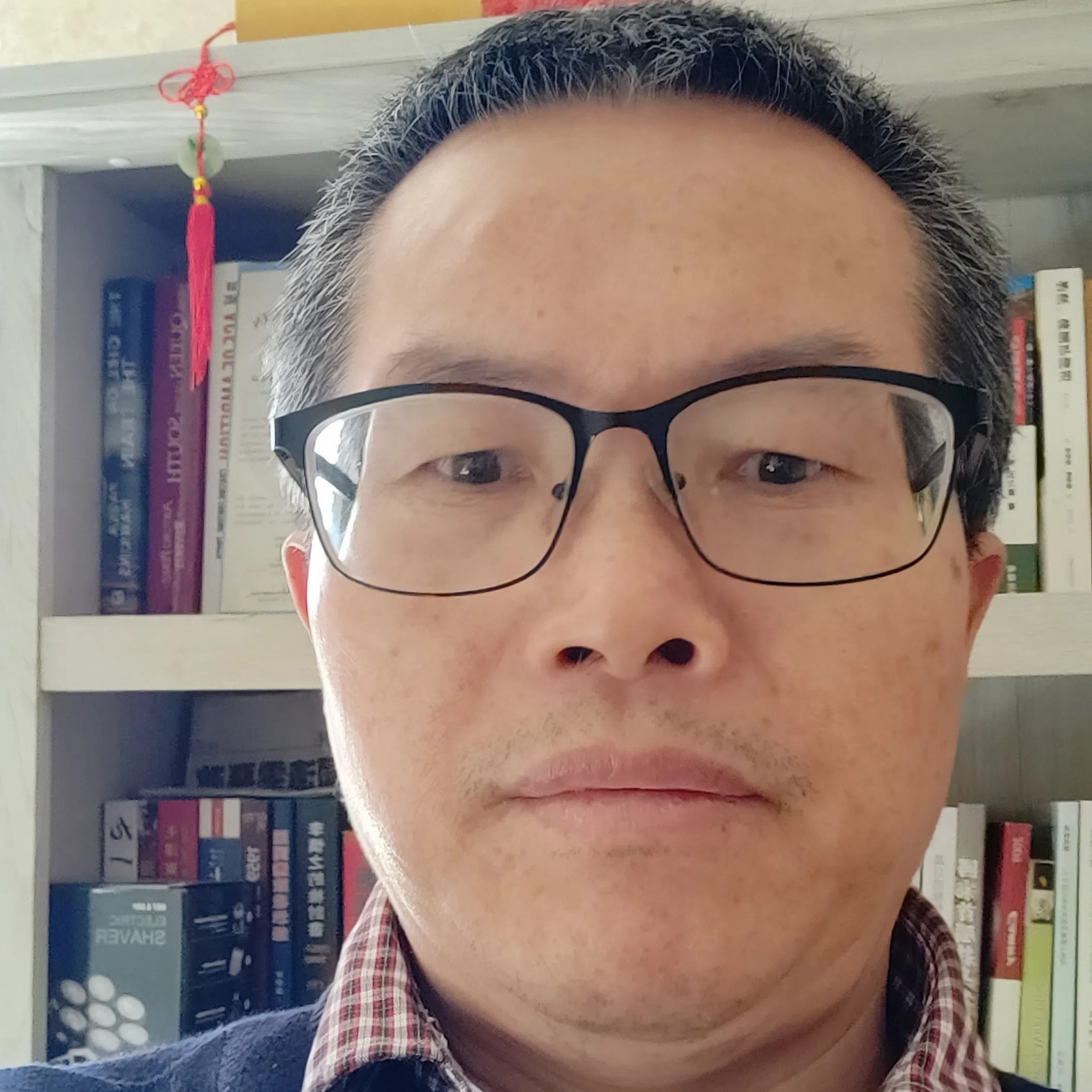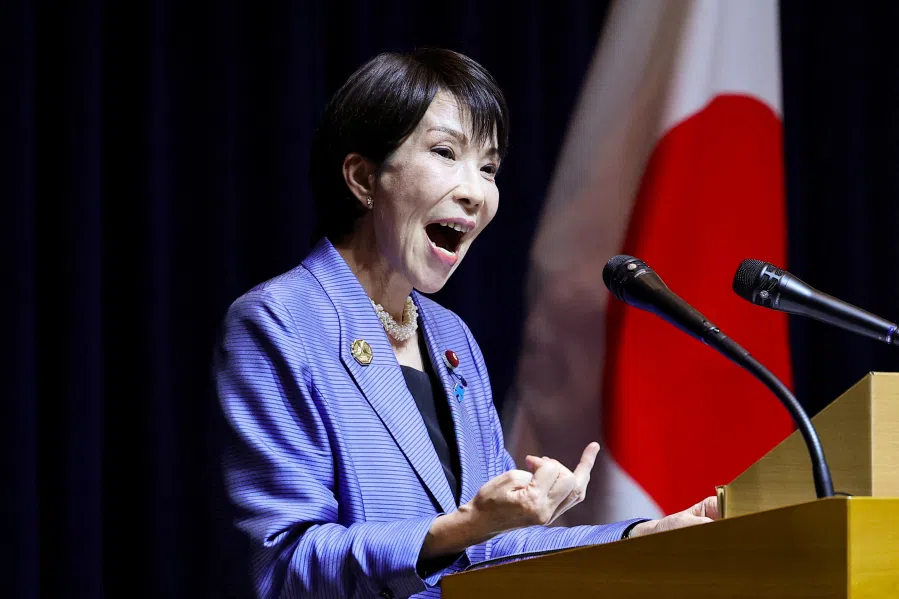Tiananmen’s message: China reclaims war history, reshapes future order
At China’s 80th anniversary parade commemorating victory over Japan, the guest list told a deeper story — of shifting alliances, Southeast Asian courtship and Cold War echoes. Beyond ritual, Beijing signalled its claim to history and its vision for Asia’s future. Commentator Deng Yuwen tells us more.

On 3 September, Beijing staged a massive military parade to commemorate the 80th anniversary of victory in the War of Resistance Against Japan. China announced that leaders from 26 countries would attend. At first glance, the roster resembled that of the 70th anniversary parade a decade earlier, yet a closer look reveals a set of carefully calculated messages that go beyond ritual commemoration.
Display of symbolism, mobilisation and strategy
The lineup was telling. No major Western leaders appeared, and the bulk of the attendees came from Southeast Asia, Central Asia, the Middle East, Africa, Eastern Europe, and Latin America. Most are countries with close political and economic ties to China, especially in its immediate neighbourhood. That was expected. But one name stood out: Kim Jong Un.
No North Korean leader had attended a Chinese parade since Kim Il Sung in 1966. Kim’s presence underscored that the list was not merely ceremonial; it carried historical, diplomatic, and geopolitical weight. Beijing intended the spectacle to serve simultaneously as a display of symbolism, mobilisation, and strategy.
Internationally, it reinforces China’s claim as the “orthodox representative” of Asia’s wartime victory, a counter to Japan’s ongoing efforts to revise its history and normalise its security role.

From a historical perspective, the list reflects Beijing’s deliberate attempt to cultivate a “community of shared victimhood”. The parade’s official framing was the commemoration of both the global anti-fascist victory and China’s resistance against Japan. To make that story resonate, Beijing invited countries that had suffered under Japanese colonialism and invasion.
The Korean Peninsula, among the worst affected by Japanese rule, was represented at the highest level. Leaders from Vietnam, Indonesia, Malaysia, and other Southeast Asian states also stood atop Tiananmen Gate. Their presence gave weight to the narrative: the war was not simply a Sino-Japanese duel but part of a larger Asian struggle for liberation from colonialism, with China at its centre.
For Beijing, this historical narrative serves dual purposes. Internationally, it reinforces China’s claim as the “orthodox representative” of Asia’s wartime victory, a counter to Japan’s ongoing efforts to revise its history and normalise its security role. Domestically, it shores up the ruling party’s legitimacy by tying victory to the Communist leadership, a contested historical claim but one strengthened when echoed by neighbouring countries. In this sense, the parade was as much about reproducing narrative power as about military display.
Real audience the non-Western world
But history is only one layer. More revealing is the present-day political calculation embedded in the attendance list. Beijing knows that the global order is increasingly defined by great-power confrontation alongside the rise of the global south. Western governments, particularly the US and its allies, would not validate such a parade. Even if invited, they would refuse, wary of being used as props in Beijing’s narrative.
For China, then, the real audience was the non-Western world. By assembling leaders from Asia, Africa, Latin America, and Eastern Europe, Beijing sought to show that it is not diplomatically isolated and that it commands a wide circle of partners.
In 2025, the configuration shifted. Western absence was sharper, but Southeast Asian participation was much stronger.

The comparison with 2015 is striking. Ten years ago, Beijing managed to draw more than 30 foreign leaders, including South Korea’s then-president Park Geun-hye and Czech President Miloš Zeman. While major Western leaders still stayed away, the presence of leaders from democratic states lent the parade some tension.
In 2025, the configuration shifted. Western absence was sharper, but Southeast Asian participation was much stronger. Indonesia and Malaysia, which previously sent only foreign ministers or envoys, were represented by their heads of state. Vietnam, Laos, Cambodia, and Myanmar also sent top leaders. Even Singapore — traditionally cautious and pro-US — dispatched its sitting deputy prime minister, whereas a decade ago, only a retired deputy had gone. These higher-level delegations reflected China’s growing weight in Southeast Asia and Beijing’s attempt to fold these states into its broader narrative of “shared Asian victimhood”.
Putin’s presence, Western absence
The Western void is best explained by Vladimir Putin’s presence. With the war in Ukraine still raging and Western sanctions intact, no Western leader could risk standing alongside Putin at Tiananmen without sparking political firestorms at home. Most chose absence as the safer option.
Slovakia’s Robert Fico was the sole Western head of government present. Known for his pro-Russian leanings and scepticism toward the EU, Fico had even visited Moscow after the outbreak of the Ukraine war, making him one of the rare EU leaders to meet with Putin. His attendance was consistent with his political posture. Hungary, another Russia-friendly EU state, did not send Prime Minister Viktor Orbán but dispatched its foreign minister.
For Western audiences, the sight of Putin atop Tiananmen — with Kim Jong Un and Iran’s leaders also present — was a chilling echo of Cold War-style alignments.

Putin’s presence was no surprise. His role was both historical and contemporary. Historically, the Soviet Red Army’s contribution to victory in World War II remains undeniable. Politically, appearing in Beijing amid his international isolation amounted to a diplomatic win for Moscow.
For China, it was a powerful image of Sino-Russian solidarity: even under Western pressure, Beijing and Moscow stand shoulder to shoulder. For Western audiences, the sight of Putin atop Tiananmen — with Kim Jong Un and Iran’s leaders also present — was a chilling echo of Cold War-style alignments.
Beijing remains North Korea’s indispensable partner
Kim’s presence, however, may have been even more consequential. North Korea’s leaders rarely travel abroad, let alone for multilateral events. His acceptance was thus highly symbolic. On the surface, it reinforced the “shared Asian victimhood” narrative, since Korea endured some of the harshest Japanese colonial rule. But the real driver was geopolitics.
In recent years, Russia and North Korea have drawn closer, with Pyongyang supplying arms to Moscow in exchange for energy and technology. Beijing does not want to see Pyongyang lean too far toward Moscow, which could erode China’s influence over Korean Peninsula affairs. By inviting Kim, China reminded the world — and Kim himself — that Beijing remains North Korea’s indispensable partner.
There is also an American angle. With Donald Trump back in the White House and inclined to leader-to-leader diplomacy, new US–North Korea talks are possible. Beijing does not want to be sidelined, as it nearly was during the 2018–19 Trump-Kim summits. Kim’s presence in Beijing was a way of pre-positioning China as a necessary third party in any future talks.

The invitation also intersected with South Korea’s political turn. Since taking office, South Korean President Lee Jae-myung has argued that South Korea’s long-standing line of “security with the United States, economy with China” is no longer realistic under the current US–China confrontation. Washington has grown wary of Seoul’s reliance on China for economic growth, while Beijing is unwilling to provide economic support without receiving corresponding returns in the security domain.
In this context, Beijing has incentives to tighten ties with Pyongyang, regaining leverage over the peninsula and adding another card in its rivalry with Washington. Kim’s appearance at the parade thus doubled as a move to recalibrate triangular relations in Northeast Asia.
Beijing sent a message: it is not isolated, it can still summon international support, and it remains both the heir to wartime history and a shaper of future order.
A message to the world
Though no major Western leaders stood on Tiananmen, Beijing highlighted symbolic cracks in the Western bloc. Alongside Fico and Hungary’s foreign minister came South Korea’s National Assembly Speaker Woo Won-shik. His attendance, though not at the presidential level, indicated that Seoul still sought to balance ties with Beijing. The participation of a United Nations representative added a further layer of legitimacy, offering Beijing a claim of multilateral endorsement.
All told, the attendance list functioned as a diplomatic communiqué in its own right. By convening a group of states tied to China through history, politics, or economics, Beijing sent a message: it is not isolated, it can still summon international support, and it remains both the heir to wartime history and a shaper of future order.

Looking forward, several questions deserve attention. First, can Beijing transform the “community of victims” narrative into real regional cooperation, or will it remain symbolic? Second, will the triangular relationship among China, Russia, and North Korea shift after this show of unity, and can Beijing prevent being marginalised by Moscow and Pyongyang?
Third, will Southeast Asian leaders’ heightened participation translate into enduring diplomatic alignment, or was it just ceremonial? Fourth, will Kim’s visit mark the start of renewed warming in Sino-North Korean relations, reshaping the peninsula’s strategic balance?
In short, the parade’s attendance list was more than protocol. It was a carefully crafted statement of where Beijing stands, whom it can still rally, and how it intends to navigate a world in flux.





![[Big read] China’s 10 trillion RMB debt clean-up falls short](https://cassette.sphdigital.com.sg/image/thinkchina/d08cfc72b13782693c25f2fcbf886fa7673723efca260881e7086211b082e66c)